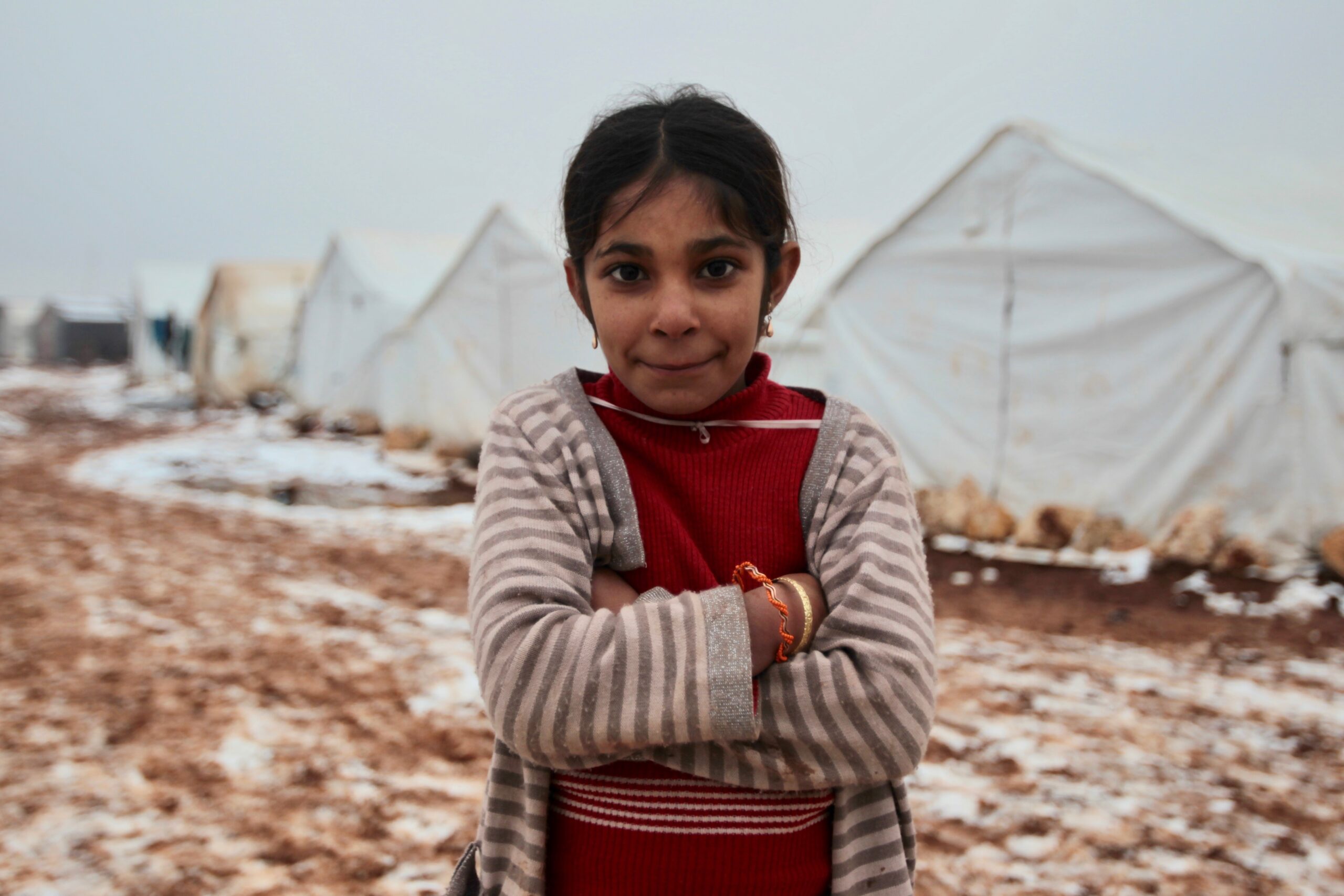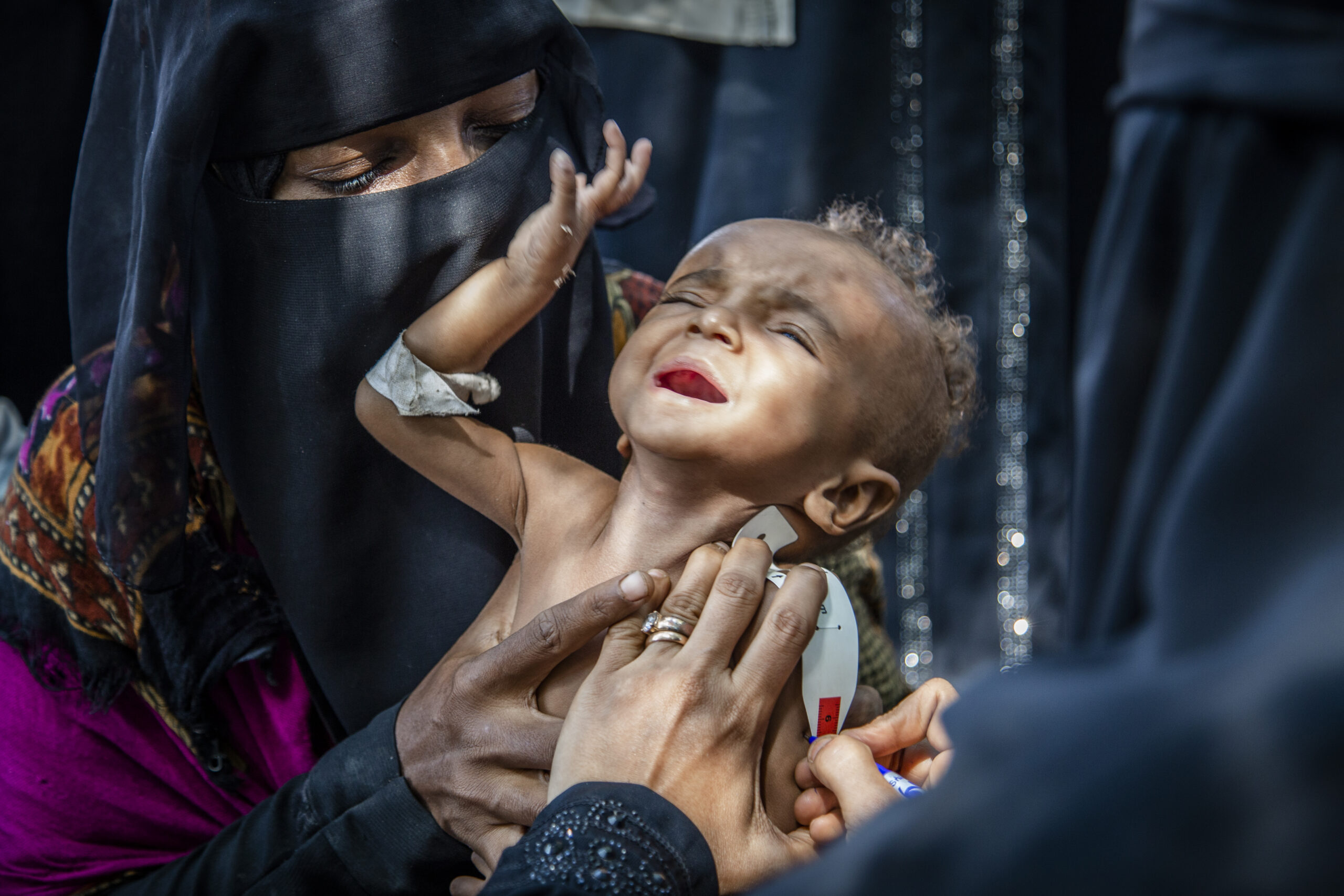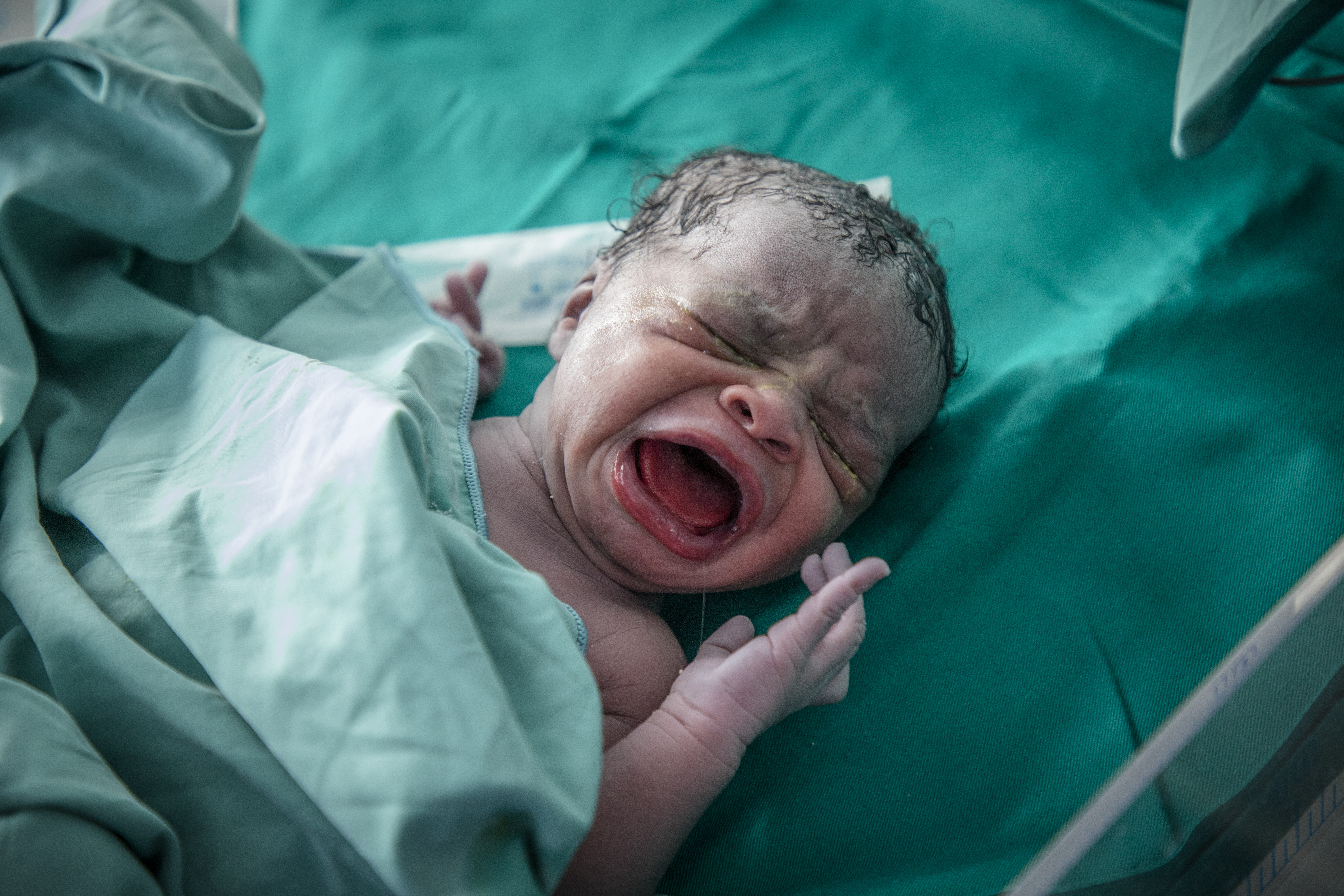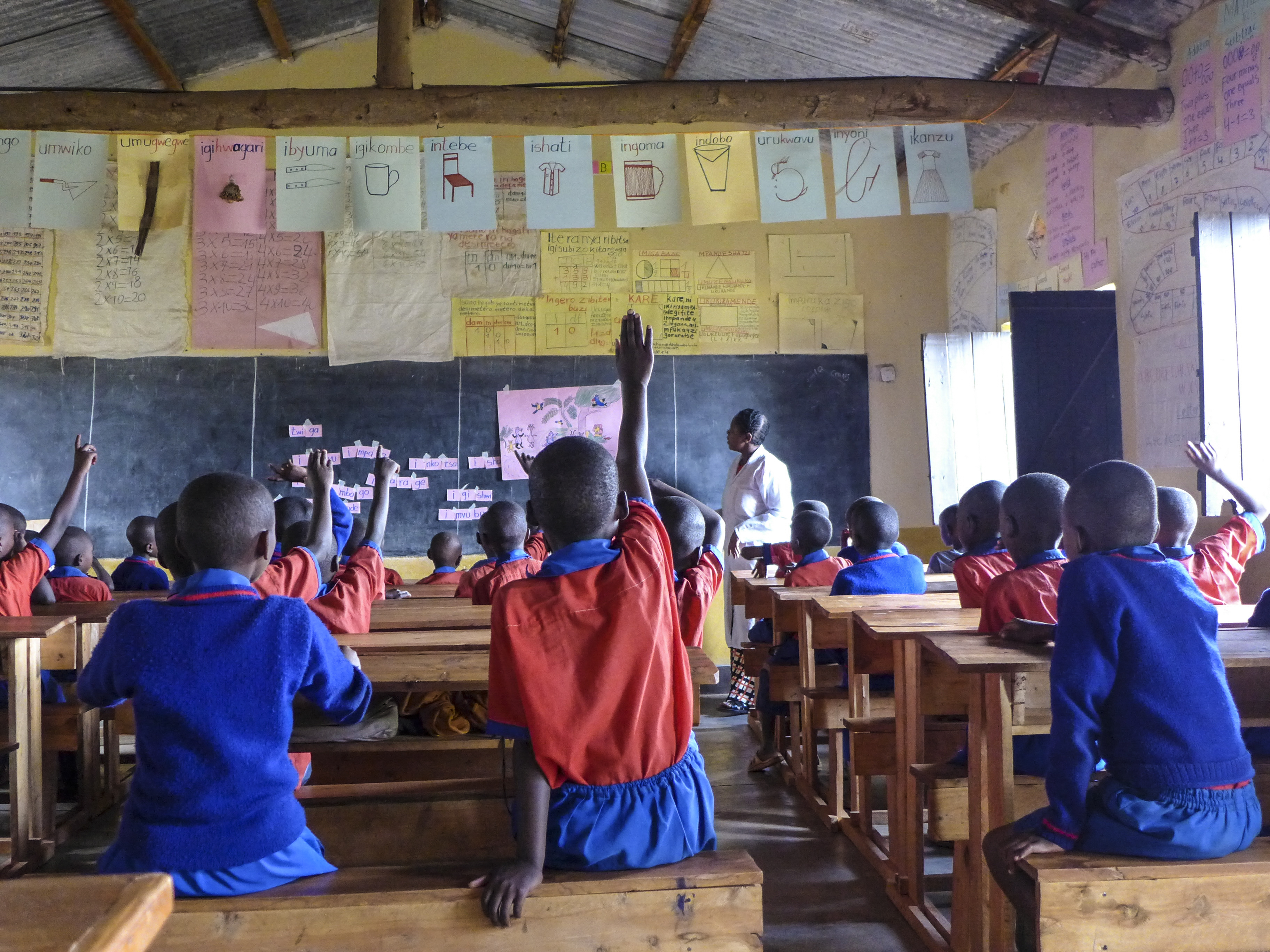A huge amount of child rights issues to consider

The world is volatile, the world is complex, there are so many problems and we do not know where to start. Should we focus on attacks on healthcare providers, lack of universal health cover, or on combatants using schools as protection? What about those Europeans travelling to Asia for under-age sex tourism, or the millions - yes millions - of people online right now searching for sexually abusive child pornography? How about the ever-presence child labour, child marriage, or male and female genital mutilation?
For those of us that have made a career of defending human rights, and helping to improve access to fundamental human freedoms, the answer is: somewhere.
I was in Yemen last year, spending my time between one capital Sa'ana and the Houthi capital Sa'ada. Both beautiful cities in their own ways, and both absolutely destroyed by Coalition bombings. Bombings supported by US, Swedish, and French technology and weapons. Child marriage and malnutrition is common across all of Yemen. Life expectancy is 64 years of age in Yemen, ranking it 179 out of 189 in the UN's Human Development Index. But that does not tell the whole story. Nor does the fact that 16 million Yemenis are food insecure, 20 million are hungry, and 24 million people need humanitarian assistance to survive. Half of all children under five in Yemen are threatened with acute malnutrition. Of these children, about 400,000 will suffer from life-long development problems because of severe acute malnutrition. Malnutrition damages a child’s physical and cognitive development, especially during the first two years of a child’s life. It is largely irreversible, perpetuating illness, poverty and inequality. The increasing number of children going hungry in Yemen should shock everyone into action. But it doesn't.

So should I have been surprised to see children carrying guns bigger than them at the shops? Probably not. Should I be shocked when I see mother's younger than 14 giving birth at our hospitals? Probably not. When parent's do not have enough money to feed all their children, and someone offers to care for and marry one of the children, can we judge the parents for choosing life over death?
Child marriage is common
And this problem of child marriage is not confined to Yemen. About one in five girls are married before they become 18. Whilst the number of boys forced into early marriage is significantly smaller, it affects boys too. Married children have significantly lower education, suffer much higher rates of domestic violence, and present significantly lower health indicators. The result of domestic violence, early pregnancy, shame, isolation, physical and psychological shock all lead to isolation and long-term development disadvantages. Every year, 12 million girls are married, adding to the 650 millions girls and woman alive today that were married when they were still children.
The women that are alive today have fought through many challenges. Girls under 15 that give birth to children are five times more likely to die during childbirth than adult woman. Complications from childbirth is the second leading cause of death for girls aged between 15 and 19 in developing countries. And if the girl survives, the likelihood of a stillbirth is 50 percent higher for girls under the age of 20.
It is for this reason that many organisations like MSF provide access to information about family planning and sexual and reproductive health (SRH) as a standard part of their primary healthcare package in all countries. It is vitally important that SRH programs span the reproductive health lifecycle, with special attention to the needs of young adolescents, preventing early pregnancy, and addressing the needs of young mothers, who typically lack access to sexual reproductive health services and information. And it is important, with 21 million girls becoming pregnant every year. We have found that culturally appropriate SRH programs address and important gap in information provision for young people learn to make decisions and form their own attitudes and beliefs based on available facts. By improving the education, health and well-being ofadolescents we can help improve the health and development indicators for these adolescents and their communities.

Like so many child rights challenges, the solutions are not easy, and nearly always require multiple and prolonged approaches. The problem of child marriage is multifaceted and the traditions, poverty, lack of options, deficient education, and discrimination must all be addressed before child marriage is completely eliminated. So what can be done to end child marriage? Improve education, provide quality suppor networks for girls and women, ensure strong and enforced local laws banning child marriage, improve the economic situation of vulnerable families, and improve available information about alternatives, about life skills, and the harms associated with child marriage.
Male and female genital mutilation
The practice of genital mutilation on boys and girls is widely condemened across the world, and whilst it is still practiced in many countries, the medical justifications for genital mutilation of boys and girls disappeared long ago. Some communities endorse genital as a means of controlling girls’ sexuality or safeguarding their chastity. Other communities force girls to undergo genital mutilation as a prerequisite for marriage or inheritance. Where the practice is most prevalent, societies often see it as a rite of passage for girls. FGM is not endorsed by Islam or Christianity, but many communities continue to justify it.
For boys, genital mutilation is often referred to as ‘male circumcision’, which comprises all procedures involving partial or total removal of the external male genitalia or other injury to the male genital organs. There are few and rare justifications for a healthy child to require genital mutilation.
In both boys and girls, genital mutilation can lead to serious health complications and even death. Immediate risks include haemorrhage, shock, infection, urine retention, severe pain, and in nearly all cases significant scaring. For boys there are additional risks including skin bridges, glans deformation, bowing, meatal stenosis, loss of penis, and injury to adjacent tissue. In addition to the immediate health and psychological risks to boys, there are longer term and very common risks including scar formation, keratinization, sexual dysfunction, loss of sexual sensitivity, and increased friction and pain during sexual intercourse. It is estimated that each year, a further 13 million boys are at risk of undergoing genital mutilation. So why does genital mutilation continue? Genital mutilation of boys and girls is deeply rooted in cultural identity, misinformation, and most-often, passed from one generation to the next. There is also a fear from many that to interfere into the practice, however abhorrent it is, would be to interfere into another culture's practices, or to be seen as racist, colonialist, or anti-Semitic.
Attempts from people outside of the community are often seen as attacks and perhaps not the most effective way of challenging deeply ingrained beliefs about the best way to protect the community, family, and children. Community dialogue and education are generally the most effective methods of achieving long-term and sustainable behaviour change. The dialogue must be multi-dimensional and should include males and females, and consider the legal, moral, financial, and religious implications of the behaviour. Sometimes males, and sometimes females are going to be better faiclitators of discussion, and sometimes timing is going to be important. Ultimately trust and patience is required, and relationships can be developed through shared community development projects like construction of schools, internships, apprentiships, and provision of healthcare services.

Child soldiers for hire
Most sides in conflict have used child soldiers in one way or another. Both govenment and opposition groups in many countries still today utilise child soldiers in direct combat or support functions in war. The UN has identified ove 50 groups that use child soldiers. And just as concerning is that 149 million children live in high-intensity conflict zones. Even if children are not fighting actively in combat, they are more likely to die in their schools or at home, in the markets, or in hospital than ever before.
So what happens to children when the conflict is finished? Every child’s story is different. Nearly all children suffer immediate and lifelong challenges rom their involvement in conflict. Those who survive have lost their innocence, their childhoods, and are left to deal with the physical and mental scars of war. Children involved in combat often suffer from physical, developmental and mental health conditions, even moreso than their adult combatants. Many children have missed out on years of education, severely compromising their future development. And social reintegration might be difficult, as many have lost ties to family and community and been involved in severe acts of violence, sometimes against their own communities. As a result of the fighting, many children attempting to return to their families are rejected by their community if it’s known that they have been involved in the conflict.
Child soldiers are still found in many countries including - but not limited to - Burma, Chad, DRC, Mozambique, Somalia, Sudan, Syria, Yemen, and Colombia.
Is there hope for children and child rights?
The founder of Save the Children, Eglantyne Jebb was not even a big fan of children, once writing "I don't care much for children... the little wretches." But what Eglantyne did care about was humanity and the future, and she knew that the future required us to champion for children. She recognised that the way to achieve a peaceful humanity was to pursue development and rights for children. She knew that protecting the rights of children was essential to creating a better world. Whilst that may seem obvious to you and me, let us not forget that negotiating the Convention on the Rights of the Child took ten years. Child rights were clearly not a priority for everyone at the UN.
But there is hope. Some of the best funded UN agencies and NGOs including UNICEF, UNHCR, Save the Children, and Plan International are focussing on the rights of children. UNHCR's Framework for the Protection of Children, alongwith UNICEF's Core Commitments for Children are helpful steering documents to guide their work, and the work of their partners in promiting equality, transparency and responsibility to achieving good results for children arould the world.
